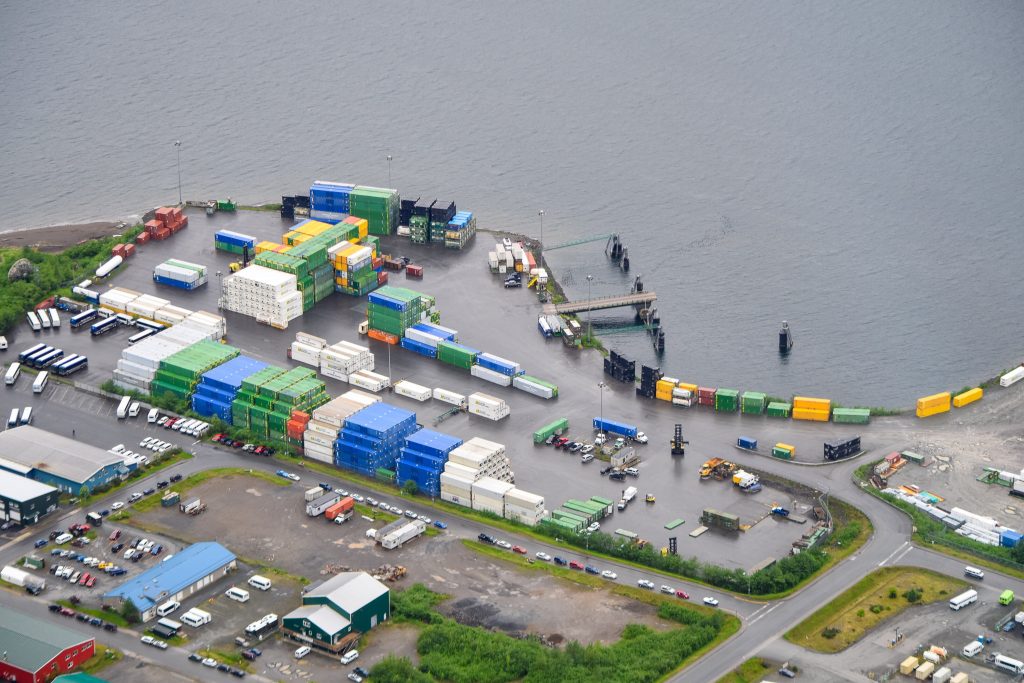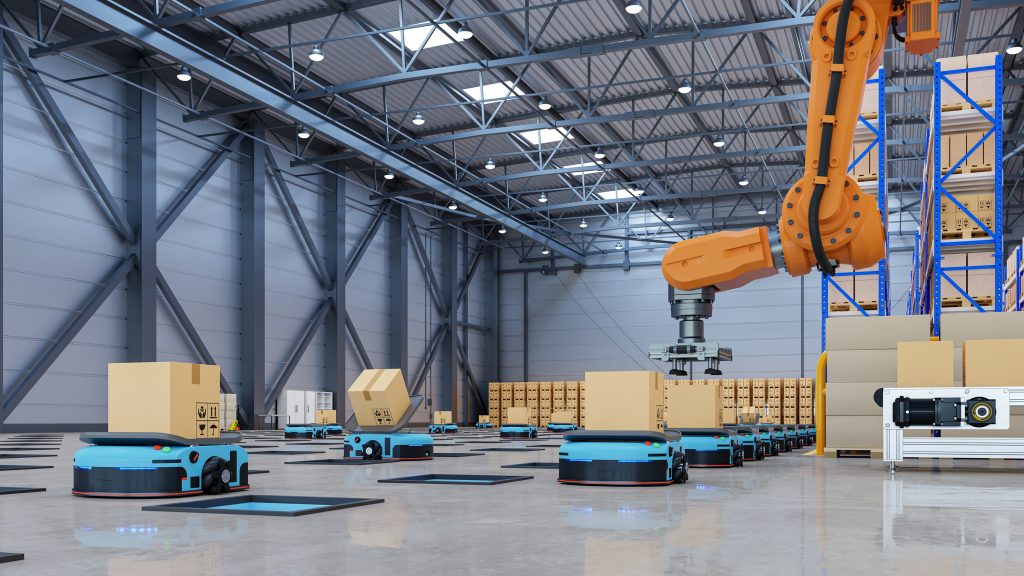Without question, the pandemic has been putting the resilience of global supply chains to the test. In Canada alone online shopping increased up to 625% between 2019 and 2020, exposing cracks in contingency plans and the ways companies mitigate risk. Furthermore, Canada’s experience was echoed around the world. Consumers worldwide saw empty store shelves and experienced huge delays in online deliveries as workforces fell ill, borders were closed to keep the pandemic away, and shipping containers became scarce. The pandemic had an impact on the global supply chain unlike any other in history. But what can businesses learn from this? Well, there are 5 things the pandemic taught us about the future of supply chains.
1. Supply chains are too reliant on global systems and need to refocus on local/regional systems.
When a global system or supplier is relied on for certain parts or products by the rest of the world, a break in that supply chain will reverberate around the world. First, entire industries are impacted. Second, stock markets tumble. Third, shelves go empty. Consider how the current microchip shortage is affecting car, iPhone, gaming console and even refrigerator manufacturing. The unavailability of a simple $1 part from Asia has brought some of these industries to a grinding halt because both production and shipping are backed up. If we have learned anything, it is to create more local and varied supply and logistics systems to help hedge our bets.
2. Increased online shopping is staying. Companies need to figure out how to deliver.
UPS alone delivered over 21 million packages every day in the second quarter of 2020, and all signs point to this trend continuing. With consumers discovering the joys of receiving products delivered within 2 days, that has become the price of entry. Sure, giants like Amazon have infrastructures in place to be able to meet these demands, but the majority of other companies do not. It’s why 90% of Fortune 500 companies outsource their logistics and supply chain management to third-party companies to stay competitive. This is a telling lesson all its own.


3. Deliveries aren’t just increasing. So are the sizes of those deliveries.


People aren’t just buying a lot. They’re also buying bigger things. The lockdown and working-from-home led to increased sales of furniture, appliances, exercise equipment, and home improvement items, which take up space in containers and warehouses.
Businesses have to find ways to ship these items cost-effectively. Sourcing locally will help cut down on costs and delivery times. But warehousing them until needed will also be key to cost efficiencies.
4. B2B and B2C companies will need to rethink how they get goods delivered.
Cargo ships and containers, truck drivers and warehouse space are all in short supply.
When the massive shipping container got stuck in the Suez Canal in March 2021, 440 cargo ships were lined up behind it for days. That translated into an estimated $9.6b of trade each day, unable to pass through for delivery. The shipping container shortage in China has delayed deliveries of all kinds, being felt the world over. And businesses aren’t just at the mercy of cargo ships and container supplies. Because goods arriving ashore is just one part of the challenge. Businesses then need to rethink how they get their deliveries into consumers’ hands.
5. Shipping is just one challenge. Getting the products to consumers is an even bigger one.
Outsourcing distribution, transportation and logistics management is a solution that more and more businesses are discovering – and for good reason. Hiring a third-party partner frees them up to concentrate on growing while keeping their customers happy. That’s where companies like Encore Home Delivery come in. Encore’s nationwide infrastructure gives businesses access to 30 waypoints across Canada, the delivery capabilities of the huge AMJ Campbell fleet, and a large network of supervised warehouses. Encore provides scalable logistics solutions to provide business partners with first mile, mid mile and final mile deliveries, plus storage and state-of-the-art inventory management in warehouses located across the country.


In closing, perhaps the most important lesson of all is that we should plan to expect the unexpected. Nobody could have foreseen the massive impacts of the flooding in British Columbia. Furthermore, nobody knows what kind of damage the Delta variant will leave in its path. But businesses need to be ready with a solid infrastructure in place if they want to survive whatever unpredicted and unprecedented event comes their way.



 Who We Are
Who We Are
 Our Advantages
Our Advantages
 Case Study
Case Study





